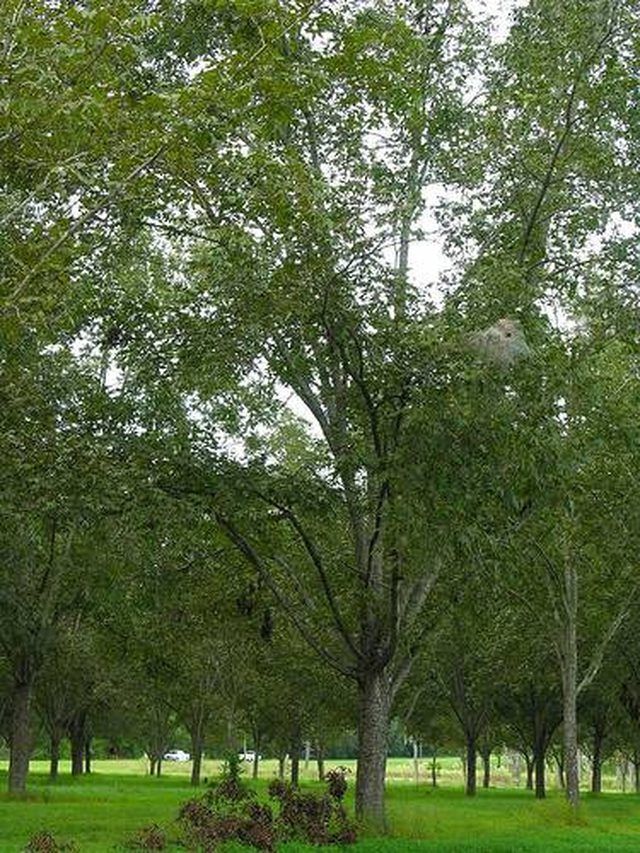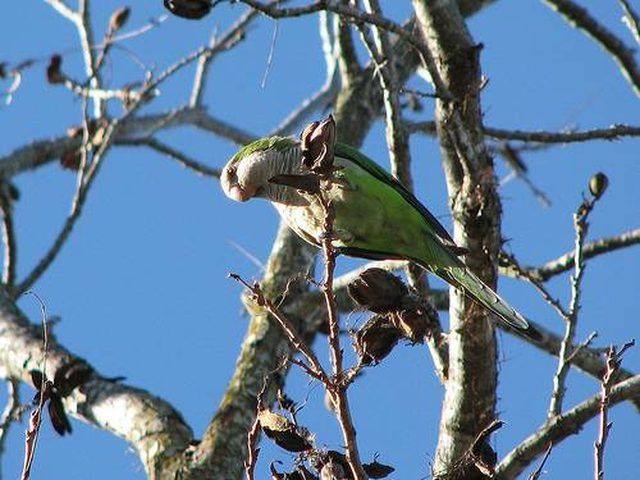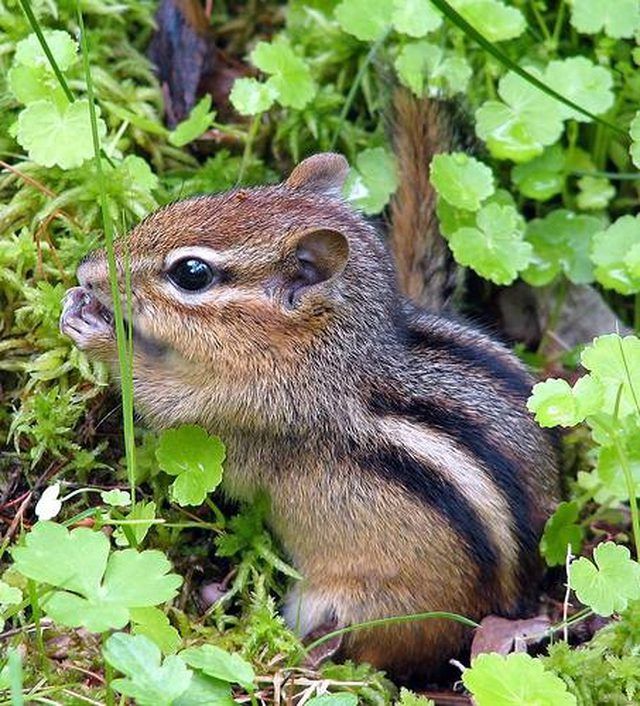Bulbs
Flower Basics
Flower Beds & Specialty Gardens
Flower Garden
Garden Furniture
Garden Gnomes
Garden Seeds
Garden Sheds
Garden Statues
Garden Tools & Supplies
Gardening Basics
Green & Organic
Groundcovers & Vines
Growing Annuals
Growing Basil
Growing Beans
Growing Berries
Growing Blueberries
Growing Cactus
Growing Corn
Growing Cotton
Growing Edibles
Growing Flowers
Growing Garlic
Growing Grapes
Growing Grass
Growing Herbs
Growing Jasmine
Growing Mint
Growing Mushrooms
Orchids
Growing Peanuts
Growing Perennials
Growing Plants
Growing Rosemary
Growing Roses
Growing Strawberries
Growing Sunflowers
Growing Thyme
Growing Tomatoes
Growing Tulips
Growing Vegetables
Herb Basics
Herb Garden
Indoor Growing
Landscaping Basics
Landscaping Patios
Landscaping Plants
Landscaping Shrubs
Landscaping Trees
Landscaping Walks & Pathways
Lawn Basics
Lawn Maintenance
Lawn Mowers
Lawn Ornaments
Lawn Planting
Lawn Tools
Outdoor Growing
Overall Landscape Planning
Pests, Weeds & Problems
Plant Basics
Rock Garden
Rose Garden
Shrubs
Soil
Specialty Gardens
Trees
Vegetable Garden
Yard Maintenance
How to Take Care of Pecan Trees
How to Take Care of Pecan Trees. The pecan tree, scientifically named Carya illinoinensis, is the largest of the hickory trees and known for its prolific nut production. With its deciduous darkgreen full leaves, the pecan tree can grow to 70 feet or 100 feet high, making it a nice aesthetic addition to the skyline as well as a vast shade provider...

The pecan tree, scientifically named Carya illinoinensis, is the largest of the hickory trees and known for its prolific nut production. With its deciduous darkgreen full leaves, the pecan tree can grow to 70 feet or 100 feet high, making it a nice aesthetic addition to the skyline as well as a vast shade provider for large spaces. There are different varieties of the pecan tree, but the general care and requirements to grow these luscious trees are basically the same.
Things You'll Need
A consistently warm and sunny climate (think Texas, home of the native pecan tree)
A large space/yard (trees grow 70 feet to 100 feet, and have a sprawling, bushy crown)
Deep, well-drained soil directly in the sun
Peat moss or mulch
Fertilizer - a type that will not releases large amounts of nitrogen into the soil, usually a 10-10-10 type (talk to your local nursery and/or garden center)
Zinc plant nutrient (to add to the fertilizer)
Select the tree's planting location. Choose a spot in anticipation of the tree's full growth, and be sure it is at least 30 feet away from any other large tree or house. The ground's soil must be deep, organic, and well-drained, and the area must be in direct sunlight during all daytime hours.
Plant the tree in the spring. Dig a hole large enough that the full root system can spread out naturally, generally twice as big as the rootball. Add water to the hole, then add soil, then water, and so on, until the hole is filled with wet soil. Push down the soil around the trunk of the pecan tree, and apply a generous layer of mulch around the base of the tree to retain moisture.
Water the young tree. For an adult tree, this is not a concern, but for a young, growing pecan tree, it is important that the tree be watered each time the soil around it gets dry during the tree's first summer. Gradually reduce watering after the first six to eight months. Adult pecans have a reputation for being very drought tolerant, and the adult tree only needs watering if the summer months become ferociously hot and dry for extended periods of time.

Fertilize the pecan tree once or twice a year. Use a 10-10-10 fertilizer mixed with zinc nutrients, and fertilize below the grass roots. Avoid fertilizing too closely to the tree trunk to avoid burning. Do not substitute your pecan tree's fertilizer with a simple all-purpose lawn fertilizer, as this type can cause structural growth problems.
Purchase rodent guards. Young pecan trees are susceptible to the burden of rodents, which can affect the trees' growth. Talk to someone at your local nursery about different rodent guard options, which can also be researched and purchased online. Rodent protection is only needed for the first five to seven years of the tree's life.

Gather up the nuts! When the pecan tree has reached adulthood, pecan nuts grow from its branches in abundance. Gather them once after they have fallen to the ground. Crack them shortly after harvest.
Tips & Warnings
If your tree growth will begin with a pecan nut, store the nut in the refrigerator for about eight to 20 weeks. Store the nut in a bag filled with moist peat moss. When the nut begins to split and sprout, it is ready to be planted.
Taking excellent care of the pecan tree while it's young can give the tree a healthy long life of 200 years or more.
Do not allow the roots to dry out during planting; water is important in this stage.
Do not fertilize the first year after planting, but maintain a thick layer of mulch around the base of the tree.